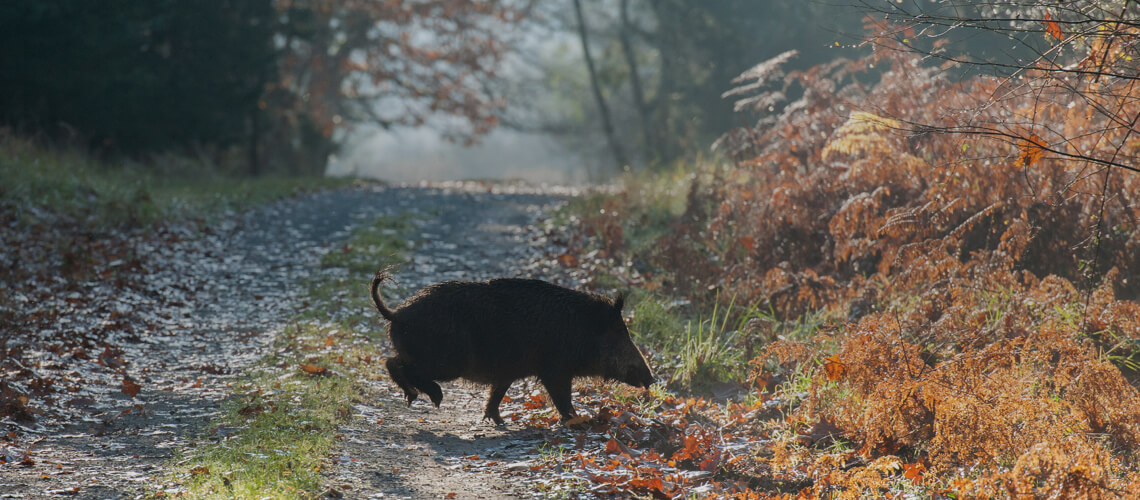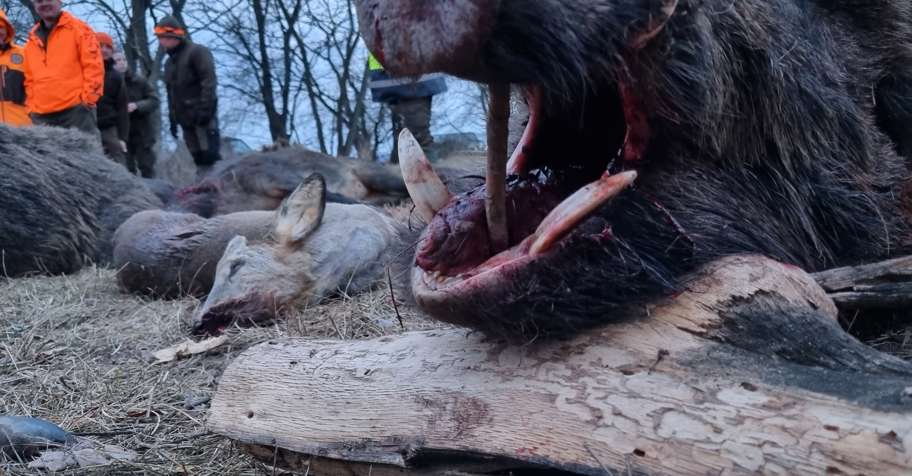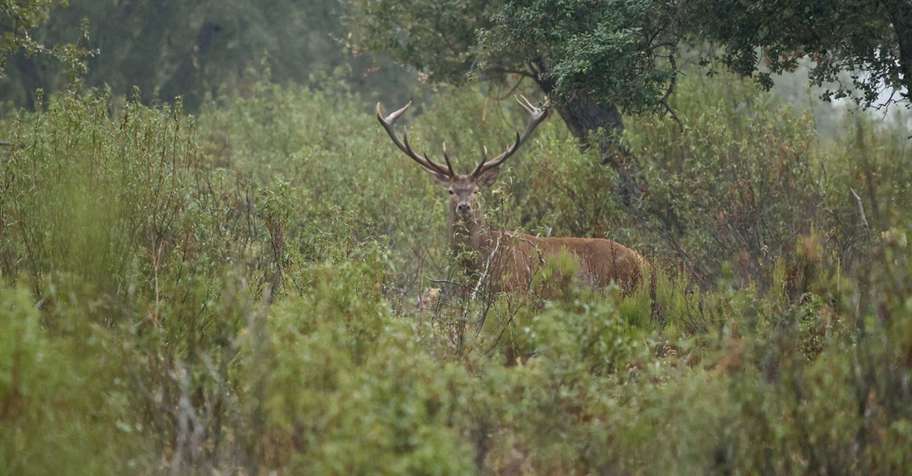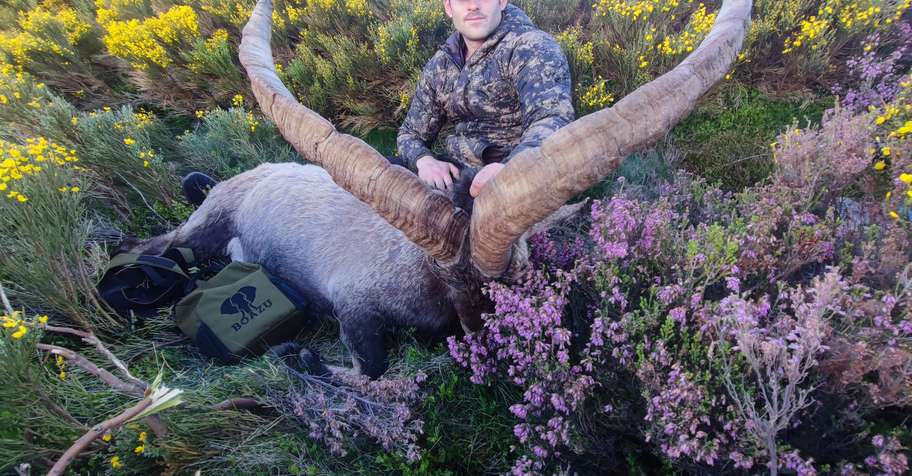
152
hunting trips
$300
starting from
64
outfitters
115
animals
About Driven Hunt
Driven hunts for big-game are an inalienable part of many hunting traditions. This is one of the most "cultured" ways of hunting, requiring a lot of social intelligence and cooperation. Only a few predator species, including dolphins or lions, occasionally approach their quarry only to have it move in the direction where the other part of the pride or group lies in ambush. Like any kind of hunting, driving is subject to many misconceptions from those who never took part in it. Exciting for some, indiscriminate and dangerous for others, driven hunts come in so many various forms that each and every hunter will find something they can wholeheartedly enjoy.
Game classification
Animals
Top hunts
Driven boar hunting near Budapest
Hungary
Red deer, Wild boar
Driven Hunt, Rifle Hunting
Season: Nov 1, 25 - Feb 28, 26
Package price
$2,140
for 2 days, 1 hunter
Recently booked
Gredos Ibex
Castile and Leon, Spain
Gredos ibex
Driven Hunt, Bow Hunting, Horseback Hunting, Management Hunt, Meat Hunt, Rifle Hunting, Stalking
Season: Oct 11, 25 - May 1, 26
Price from
$21,729
for 2 days, 1 hunter, 1 guest
Instant booking

Driven Hunt
Interested in Driven Hunt trips?
Create a subscription to get offers right to your inbox
You might also like
Explore hunting
trips worldwide
trips worldwide
Direct offers from outfitters
with no booking fees
with no booking fees
Verified reviews
from other hunters
from other hunters


